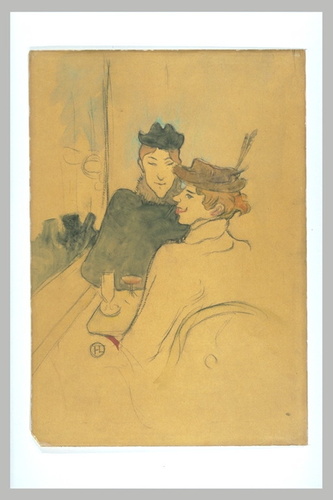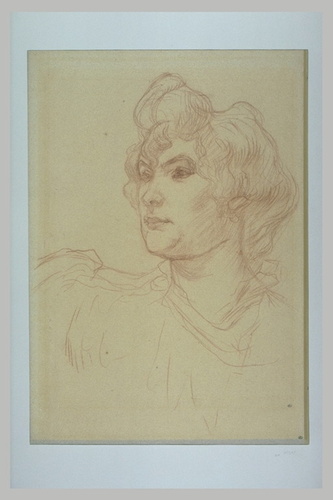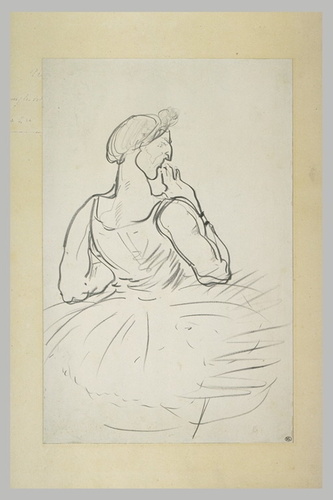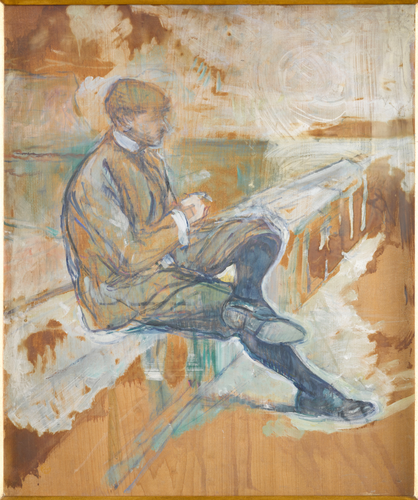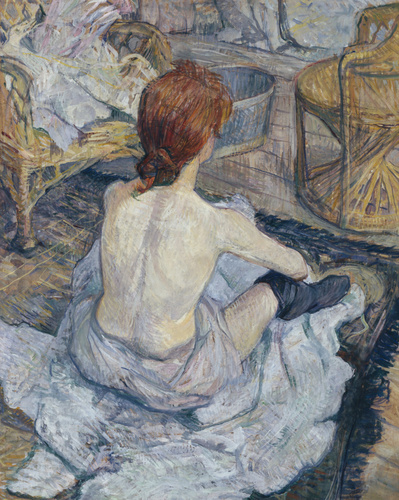Au Nouveau Cirque, Papa Chrysanthème
In 1895, the art dealer Siegfried Bing (1838-1905) transformed his famous Parisian gallery devoted to the arts of the Far East into an establishment with the significant name of L'Art Nouveau, aimed at promoting the applied arts in industry. The works, bringing together all techniques, were displayed in rooms laid out as private interiors, designed and decorated by avant-garde artists like Henry Van de Velde, Paul Ranson and Maurice Denis.
Bing had just returned from a trip to the United States where he had been sent by the director of Beaux Arts to produce a report on "The Artistic Culture In America", published under this title in 1896. While there, he had discovered the studios of Louis-Comfort Tiffany (1848-1933), a creator of new artistic glassware. Tiffany blended colours into the molten glass creating what became known as favrile glass or American glass, with amazing colour effects and a shimmering opalescence. Captivated by this, Bing commissioned several Nabi artists and Toulouse-Lautrec to make about ten designs for stained glass to be produced in New York by Tiffany - stained glass played an important role at that time in the revival of interior decoration. These were ready in the spring of 1895.
In the L'Art Nouveau gallery, Lautrec's stained glass was displayed very prominently above the entrance leading directly into the area of the shop that sold Japanese objects. This was hardly surprising as Papa Chrysanthemum reveals a Japanese influence in its composition and curving lines, emphasised by the use of cloisonnism. The subject itself was taken from a Japanese-inspired ballet performed at the Nouveau Cirque in the rue Saint-Honoré in 1892.
The stained glass received high praise from Jacques-Emile Blanche in the La Revue blanche: "The most astonishing of these pieces is probably that by M. de Lautrec who has managed to make the most beautiful and most modern decorative motif from a circus scene and a courtesan's hat ". But despite this praise from the critics – other opinions on the stained glass designs were less effusive - it would seem that Bing received no commissions at all, and retained this work whose bold composition and complex techniques make it a perfect example of the ambitions of the fledgling Art Nouveau movement.

